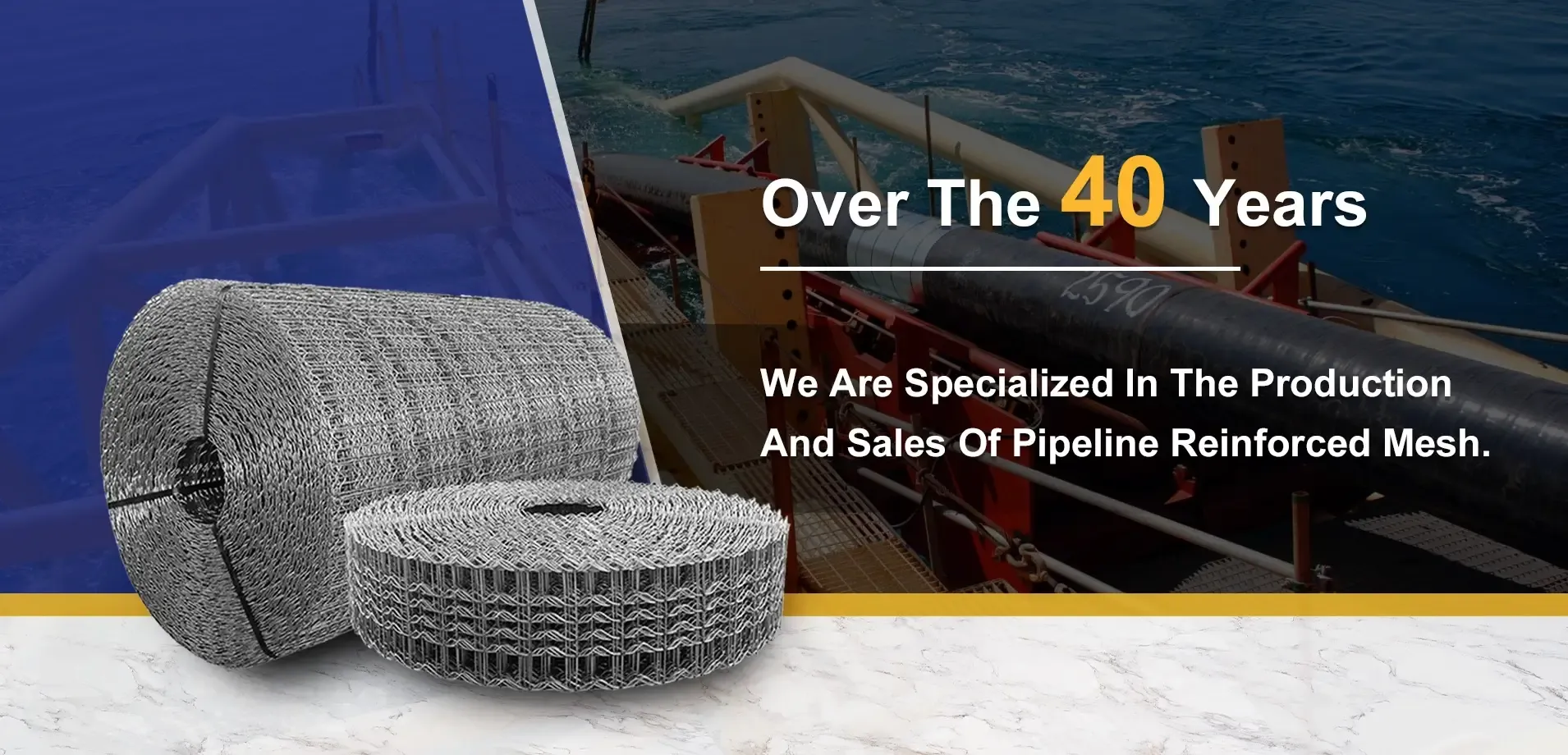- Industrial zone, South of Anping Town, Hengshui, Hebei, China.
- sales@hfpetromesh.com
- +86-18931809706
Corrosion-Resistant Galvanized Steel Gratings for Durable Industrial Applications
Understanding Galvanized Grating Applications, Benefits, and Maintenance
Galvanized grating is an essential component in various industrial and commercial applications. Known for its strength, durability, and corrosion resistance, galvanized grating is made by coating steel or iron with a layer of zinc through a process called galvanization. This treatment not only enhances the material's longevity but also minimizes maintenance requirements, making it an ideal choice for a variety of settings.
Applications of Galvanized Grating
One of the most common uses of galvanized grating is in walkways and platforms, particularly in environments where exposure to moisture and chemicals is prevalent. Industries such as oil and gas, chemical manufacturing, and food processing often utilize galvanized grating for their flooring solutions. These settings require materials that can withstand harsh conditions while providing a safe, slip-resistant surface for workers.
Another significant application is in drainage systems. Galvanized grating allows for efficient drainage in areas prone to water accumulation, such as industrial sites or construction zones. The open design of the grating promotes the quick flow of water while ensuring solid materials do not clog the drainage system.
Galvanized grating is also widely used in the construction of stair treads and ramps. The non-slip surface is crucial for safety in environments where spills or weather conditions can lead to slippery surfaces. Furthermore, its sturdy construction can support considerable weight, making it suitable for both pedestrian and vehicular traffic.
Benefits of Galvanized Grating
The primary advantage of galvanized grating is its resistance to corrosion
. The zinc coating serves as a sacrificial layer that protects the underlying metal from rust and degradation. This feature significantly extends the lifespan of the grating, reducing the need for frequent replacements and thereby lowering overall costs.galvanized grating

Moreover, galvanized grating is relatively lightweight, which simplifies installation and handling. Unlike solid metal flooring options, which can be cumbersome and difficult to work with, grating is easier to transport and install, making it an efficient choice for contractors.
In addition to its practical benefits, galvanized grating is environmentally friendly. The galvanization process itself is designed to minimize waste and energy use, and since the life expectancy of galvanized grating is much longer than that of untreated metal, it contributes to sustainable practices by reducing the frequency of material replacements.
Maintenance of Galvanized Grating
While galvanized grating requires minimal maintenance, periodic inspections are necessary to ensure its integrity. Regularly checking for signs of wear, such as chipped or peeling zinc, can help identify areas that may require re-coating. Cleaning the grating to remove debris and prevent any build-up is also a good practice, particularly in environments where chemicals or oils may compromise the surface.
In case of damage or excessive wear, localized repairs are possible without replacing the entire grating. This feature enhances its practicality and cost-effectiveness in the long term.
Conclusion
Galvanized grating stands out as a versatile, durable, and cost-effective solution for various applications across multiple industries. Whether used in walkways, drainage systems, or stair treads, its combination of strength and corrosion resistance makes it an ideal choice for settings where safety and efficiency are paramount. With the added benefit of minimal maintenance and ease of installation, galvanized grating continues to be a preferred option for contractors and business owners alike. Investing in galvanized grating represents a smart decision for any project concerned with long-lasting performance and safety.
-
The Power of Pyramid Shaker Screen - A 3-Dimensional SolutionNewsOct.24,2024
-
Exploring the Versatility and Durability of Steel GratingNewsOct.24,2024
-
Revolutionizing Drilling Efficiency with Steel Frame Shaker Screens for Mud Shale ShakersNewsOct.24,2024
-
Potential of Shale Shaker ScreensNewsOct.24,2024
-
Offshore Pipeline Counterweight Welded Mesh - Reinforced Mesh in Marine EngineeringNewsOct.24,2024
-
Revolutionizing Offshore Pipeline Stability with Concrete Weight Coating MeshNewsOct.24,2024
